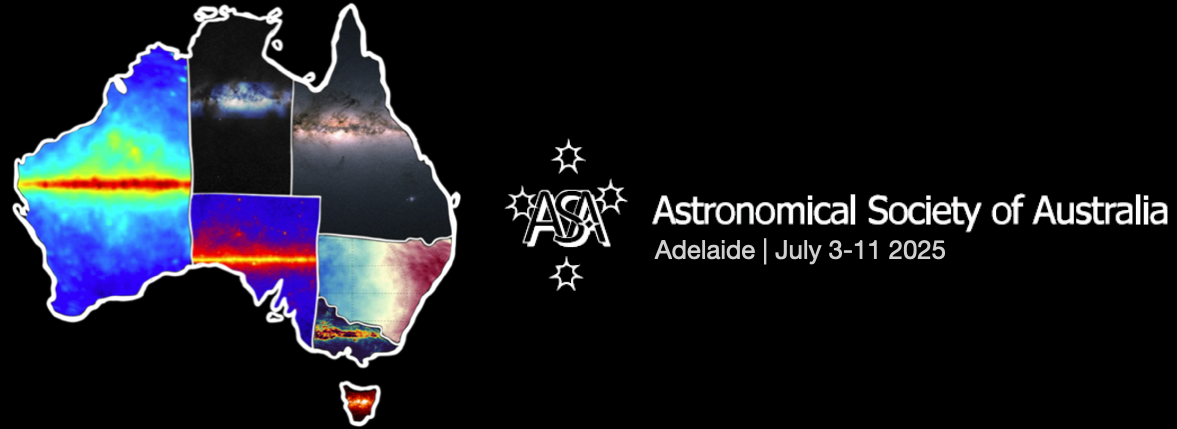Speaker
Description
Compact Symmetric Objects, CSOs, are very compact, double-lobed radio galaxies, < 1 kiloparsec in extent. Understanding the population of CSOs has important implications for radio galaxy formation and evolution, but CSOs represent only a very small fraction (~5%) of bright, compact radio sources found in flux density limited surveys. The vast majority of sources are dominated by asymmetric emission due to relativistic beaming from jets aligned close to the line of sight, often dubbed “blazars”. Blazars may also exhibit a gigahertz-peaked spectrum that is characteristic of CSOs, and so CSO candidate samples defined by radio compactness and spectral characteristics are generally contaminated by blazars. This has presented a problem for understanding the population of bona fide CSOs. As a result of their orientation and relativistic beaming, blazars tend to exhibit large variations in flux density on timescales of months to years. CSOs, however, are relatively stable on typically observable timescales of years or even decades. With a view to significantly expanding the very small number of confirmed CSOs in the southern hemisphere, we used the Australia Telescope Compact Array calibrator database, which has multi-frequency flux density measurements for more than 1000 compact sources spanning years to decades, to extract sources with low variability on timescales of years. The next step will be to verify or rule out the new CSO candidates with VLBI observations.

